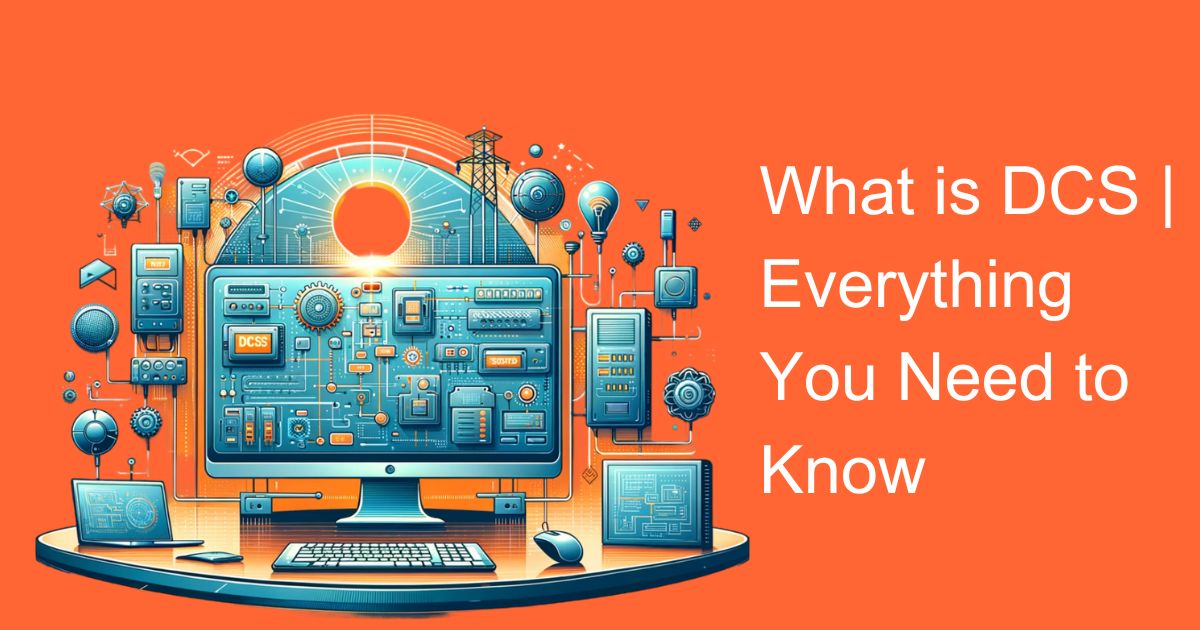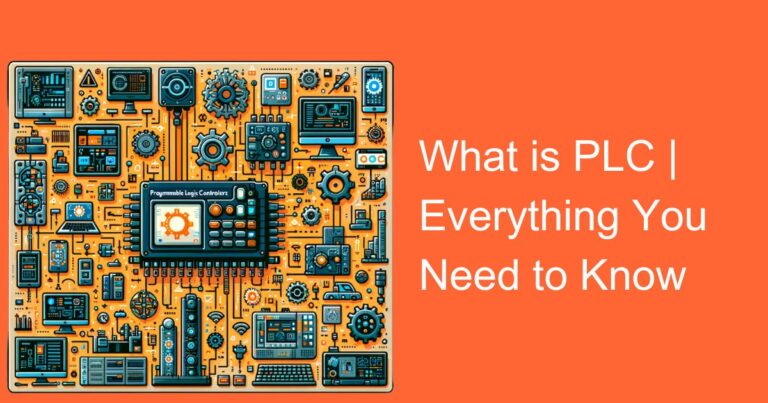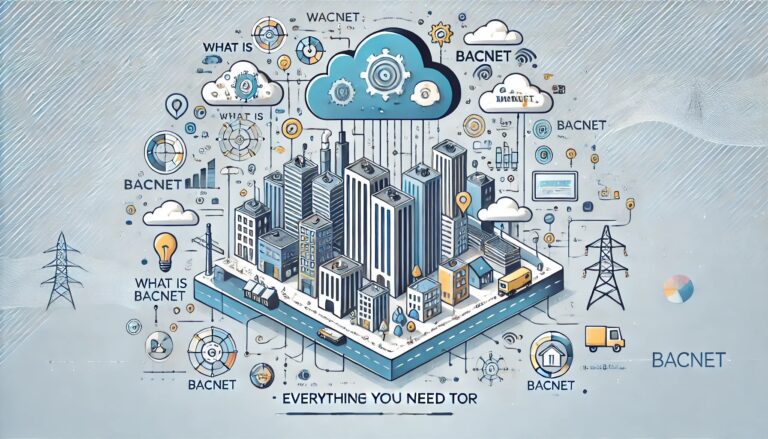Introduction
In today’s fast-paced industrial landscape, automation is a key driver of efficiency and productivity. One critical component of industrial automation is the Distributed Control System (DCS). DCS technology has revolutionized the way industries manage and control their processes, leading to improved safety, reliability, and operational excellence. In this comprehensive guide, we will delve into what is DCS, exploring its history, functionality, key components, applications, and the future trends shaping its evolution.
The Evolution of DCS
To understand what a DCS is, we must first trace its evolution. DCS emerged in the 1970s as a response to the limitations of traditional centralized control systems. Back then, industries relied heavily on manual control and local control panels. The need for a more efficient and integrated solution led to the birth of the DCS.
We will discuss the technological advancements that led to the development of DCS, including the introduction of microprocessors and digital communication protocols. The ability to distribute control across various units within an industrial plant was a game-changer, and DCS became the cornerstone of modern process automation.
Understanding DCS Functionality
DCS serves as the central nervous system of industrial processes. It integrates various control loops, sensors, actuators, and human-machine interfaces (HMIs) to monitor and control complex operations. In this chapter, we will delve into the core functionalities of DCS, such as data acquisition, control strategies, alarming, and data logging.
We will also explore how DCS leverages real-time data to make critical decisions, optimizing processes, reducing downtime, and ensuring safety compliance. The ability to provide a holistic view of the entire industrial process is one of DCS’s most significant advantages.
Key Components of DCS
A DCS comprises several essential components that work in tandem to ensure smooth operations. In this chapter, we will discuss the key components of a DCS system, including:
- Controllers: The brain of the system that executes control strategies.
- Input/Output (I/O) Modules: Devices that interface with sensors and actuators.
- Human-Machine Interface (HMI): The user-friendly interface for operators to monitor and control processes.
- Communication Network: The backbone connecting all DCS components.
- Redundancy Systems: Ensuring system reliability and fault tolerance.
We will delve into each component’s role and importance within the DCS ecosystem, highlighting their contribution to the overall system functionality.
Applications of DCS
DCS finds applications across a wide range of industries, including petrochemicals, manufacturing, power generation, and more. In this chapter, we will explore specific use cases and industries where DCS plays a crucial role. Case studies and examples will illustrate how DCS improves operational efficiency, reduces operational costs, and enhances safety.
Future Trends and Advancements in DCS
As technology continues to evolve, so does DCS. In this final chapter, we will discuss the emerging trends and advancements in the world of DCS. Topics covered will include:
- Integration with Industrial Internet of Things (IIoT) and Industry 4.0.
- Enhanced cybersecurity measures to protect against cyber threats.
- Cloud-based DCS solutions for remote monitoring and maintenance.
- Artificial Intelligence and Machine Learning integration for predictive maintenance and optimization.
We will also explore the challenges and opportunities associated with these trends and their potential impact on industries adopting DCS.
Conclusion
In conclusion, Distributed Control Systems have come a long way since their inception, shaping the landscape of industrial automation. They have proven indispensable in improving process efficiency, safety, and reliability across various industries. With ongoing technological advancements and the integration of cutting-edge solutions, the future of DCS holds tremendous promise. This comprehensive guide has covered the evolution, functionality, components, applications, and future trends of DCS. Whether you are a seasoned professional or just starting to explore the world of industrial automation, understanding DCS is essential for staying competitive and informed in today’s industrial landscape.







